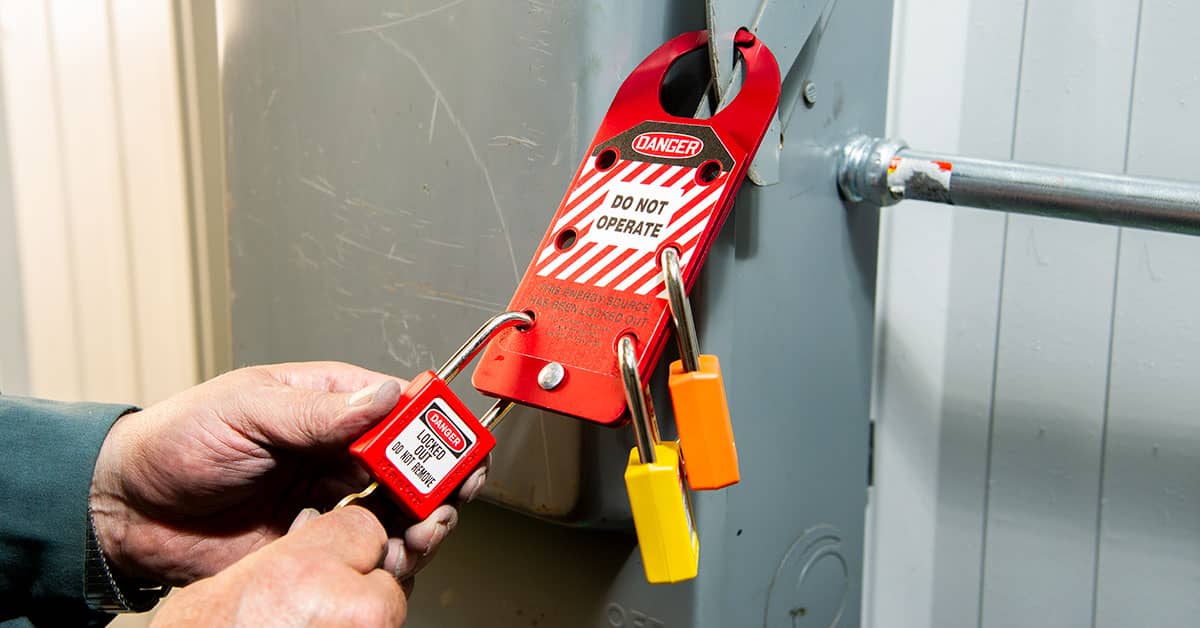Hazard Communication Standard goes beyond the physical aspects of safety by emphasizing transparent communication and education. By fostering an environment where information about potential risks is readily available and understandable, the standard contributes significantly to the overall culture of safety in the workplace.
The Standard reflects a commitment to empowering workers with knowledge about the materials they handle at their work, promoting a culture of safety and awareness.
“Chemical safety is not just about substances; it’s about understanding, awareness, and clear communication. In the world of hazardous materials, knowledge is your greatest protection.”
Employers are required to maintain a written hazard communication program, including a list of all hazardous chemicals present, safety data sheets (SDS) for each chemical, and labels on containers of hazardous substances.

“Chemicals don’t follow rules; they follow chemistry. Make sure your knowledge is up to date, and your communication is crystal clear. Safety is the constant in this ever-changing equation.”
The standard mandates that employees receive training on the hazards of chemicals they may be exposed to and how to use protective measures. This emphasis on education not only promotes workplace safety but also empowers employees with the knowledge needed to protect themselves and their colleagues. It also ensures that employees have access to information about the potential health effects of exposure to hazardous substances.
“Communication in chemicals is not just words; it’s the language of safety. Speak it fluently, and you build a workplace shielded from the unexpected.”
The Hazard Communication Program has several key requirements that employers must fulfill to ensure the effective communication of hazards associated with chemicals in the workplace. The major aspects of the requirements include: (i) Chemical inventory, (ii) Material Safety data sheet (MSDS), (iii) Container labeling, (iv) Employee training, (v) Written hazcom program, and (vi) Review & update, etc.

“Labels speak louder than chemicals. Respect them. Understand them. It’s your roadmap to a safer workplace.”
By meeting these requirements, employers can establish a robust Hazard Communication Program that promotes a safer workplace environment and ensures that employees have the information and knowledge needed to protect themselves from chemical hazards.











You must be logged in to post a comment.